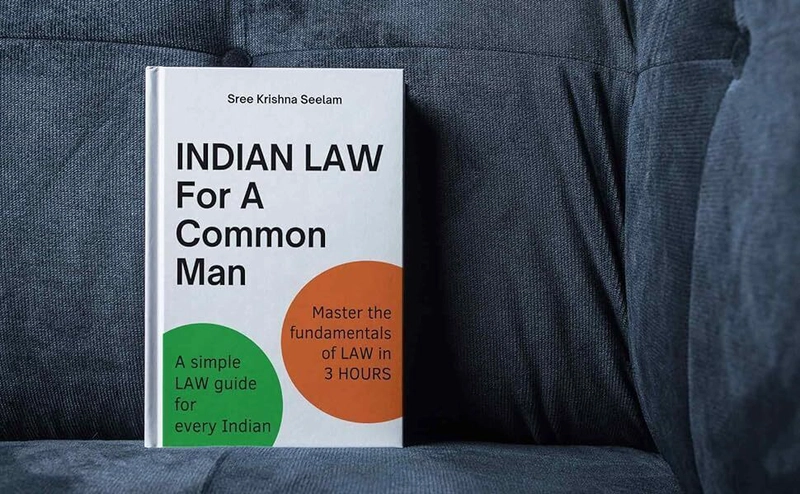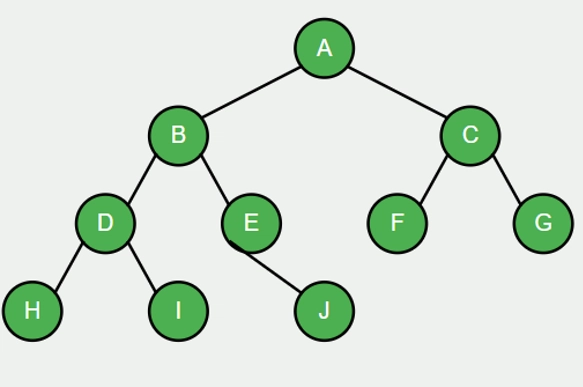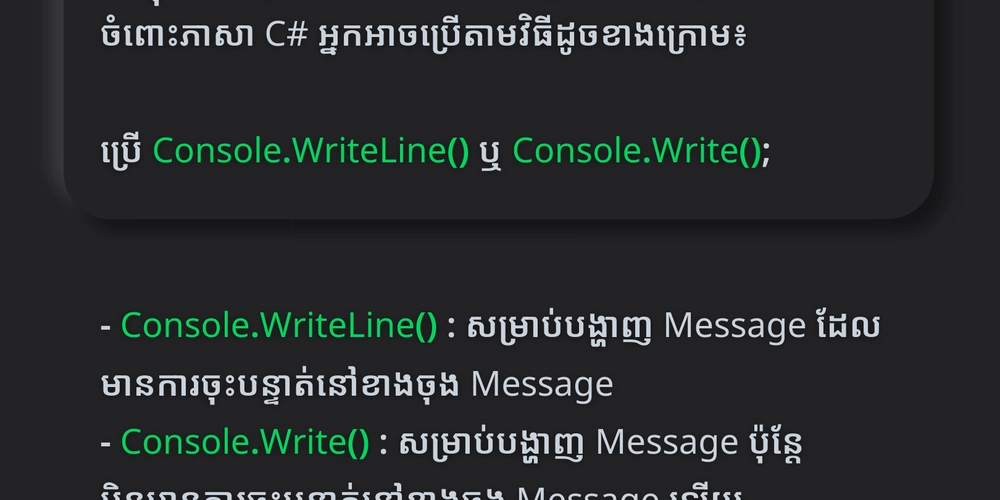"Law Made Simple: A Common Man’s Guide to Understanding Indian Legal Rights in Just 3 Hours"
Understanding Indian Law: A Simple Guide for Every Citizen Based on the book "Indian Law for a Common Man" by Shree Krishna Seelam Have you ever felt lost when someone talks about the Constitution, fundamental rights, or the Indian judiciary? You’re not alone. Most people find law confusing, and that’s exactly why "Indian Law for a Common Man" by Shree Krishna Seelam is such a powerful and much-needed book. It’s a simple, straight-to-the-point guide that helps everyday Indians understand the law, their rights, and how the legal system works — and it does all of this in just about three hours of reading. This book is written in plain English so that even someone with no legal background can easily grasp what the law says and how it applies to daily life. It begins by explaining why it’s important for every citizen to know the law. It introduces the Preamble of the Indian Constitution, which declares that the supreme power of the country lies with its people. It also explains that the Indian Constitution was adopted on November 26, 1949, and came into effect on January 26, 1950. Since then, the Constitution has evolved significantly — what began with 395 articles and 12 schedules now has 448 articles, 25 parts, and 18 schedules. The book breaks down the types of law into two main categories — criminal law and civil law. Criminal law deals with offenses against society and the state, like theft or assault. Civil law, on the other hand, deals with property disputes, family matters, and other personal issues. The author also talks about Alternate Dispute Resolution (ADR) methods like mediation and arbitration, which offer quicker and simpler ways to resolve conflicts without going to court. Another important part of the book is its explanation of India’s federal structure. Power is divided between the central and state governments and is categorized under the Union List, State List, and Concurrent List. For instance, the Union List has 100 subjects where only the central government can make laws. The State List contains 61 subjects under state authority. The Concurrent List has 52 topics where both governments can make laws, and any subject that doesn’t fall under these lists goes to the central government as part of its residual powers. The book also discusses how the Constitution can be changed through the amendment process under Article 368, which includes both ordinary and special amendments. One major change was the 42nd Amendment in 1976, which added Part IV-A that outlines citizens’ fundamental duties. This amendment also strengthened the judiciary’s power of judicial review, meaning courts can now examine government actions to ensure they follow the Constitution. One of the most empowering parts of the book is its explanation of Fundamental Rights. These include the right to equality, freedom, protection from exploitation, freedom of religion, cultural and educational rights, and the right to constitutional remedies. Understanding these rights can help people speak up and seek justice when they are treated unfairly. The book also gives a clear overview of India’s judicial system, which is structured into three levels: the Supreme Court, High Courts, and lower courts. The Supreme Court, established under Article 124, is the highest court in the country and is also known as the Apex Court. It has three types of jurisdictions — original (where it hears cases for the first time), appellate (where it hears appeals), and advisory (where it advises the President). Each state and Union Territory also has a High Court, which handles both original and appeal cases and has the power to transfer cases or issue writs. By using real-life examples and simple explanations, Shree Krishna Seelam turns legal knowledge into something useful and practical for everyone. This book is not just about law — it’s about empowering people. When citizens understand their rights and responsibilities, they can hold the government accountable, fight injustice, and create a better society. Whether you’re a student, a working professional, or a homemaker, this book is a must-read if you want to understand the Indian legal system without spending years studying law. Indian Law for a Common Man is more than just a book — it's a tool for awareness, empowerment, and action. Final Thoughts: In a country as vast and diverse as India, knowing your rights and understanding the law isn’t a luxury — it’s a necessity. This book proves that law doesn’t have to be complicated. It just needs to be explained the right way.

Understanding Indian Law: A Simple Guide for Every Citizen
Based on the book "Indian Law for a Common Man" by Shree Krishna Seelam
Have you ever felt lost when someone talks about the Constitution, fundamental rights, or the Indian judiciary? You’re not alone. Most people find law confusing, and that’s exactly why "Indian Law for a Common Man" by Shree Krishna Seelam is such a powerful and much-needed book. It’s a simple, straight-to-the-point guide that helps everyday Indians understand the law, their rights, and how the legal system works — and it does all of this in just about three hours of reading.
This book is written in plain English so that even someone with no legal background can easily grasp what the law says and how it applies to daily life. It begins by explaining why it’s important for every citizen to know the law. It introduces the Preamble of the Indian Constitution, which declares that the supreme power of the country lies with its people. It also explains that the Indian Constitution was adopted on November 26, 1949, and came into effect on January 26, 1950. Since then, the Constitution has evolved significantly — what began with 395 articles and 12 schedules now has 448 articles, 25 parts, and 18 schedules.
The book breaks down the types of law into two main categories — criminal law and civil law. Criminal law deals with offenses against society and the state, like theft or assault. Civil law, on the other hand, deals with property disputes, family matters, and other personal issues. The author also talks about Alternate Dispute Resolution (ADR) methods like mediation and arbitration, which offer quicker and simpler ways to resolve conflicts without going to court.
Another important part of the book is its explanation of India’s federal structure. Power is divided between the central and state governments and is categorized under the Union List, State List, and Concurrent List. For instance, the Union List has 100 subjects where only the central government can make laws. The State List contains 61 subjects under state authority. The Concurrent List has 52 topics where both governments can make laws, and any subject that doesn’t fall under these lists goes to the central government as part of its residual powers.
The book also discusses how the Constitution can be changed through the amendment process under Article 368, which includes both ordinary and special amendments. One major change was the 42nd Amendment in 1976, which added Part IV-A that outlines citizens’ fundamental duties. This amendment also strengthened the judiciary’s power of judicial review, meaning courts can now examine government actions to ensure they follow the Constitution.
One of the most empowering parts of the book is its explanation of Fundamental Rights. These include the right to equality, freedom, protection from exploitation, freedom of religion, cultural and educational rights, and the right to constitutional remedies. Understanding these rights can help people speak up and seek justice when they are treated unfairly.
The book also gives a clear overview of India’s judicial system, which is structured into three levels: the Supreme Court, High Courts, and lower courts. The Supreme Court, established under Article 124, is the highest court in the country and is also known as the Apex Court. It has three types of jurisdictions — original (where it hears cases for the first time), appellate (where it hears appeals), and advisory (where it advises the President). Each state and Union Territory also has a High Court, which handles both original and appeal cases and has the power to transfer cases or issue writs.
By using real-life examples and simple explanations, Shree Krishna Seelam turns legal knowledge into something useful and practical for everyone. This book is not just about law — it’s about empowering people. When citizens understand their rights and responsibilities, they can hold the government accountable, fight injustice, and create a better society.
Whether you’re a student, a working professional, or a homemaker, this book is a must-read if you want to understand the Indian legal system without spending years studying law. Indian Law for a Common Man is more than just a book — it's a tool for awareness, empowerment, and action.
Final Thoughts:
In a country as vast and diverse as India, knowing your rights and understanding the law isn’t a luxury — it’s a necessity. This book proves that law doesn’t have to be complicated. It just needs to be explained the right way.






































































![Rapidus in Talks With Apple as It Accelerates Toward 2nm Chip Production [Report]](https://www.iclarified.com/images/news/96937/96937/96937-640.jpg)











































































































_Christophe_Coat_Alamy.jpg?#)










































































![[The AI Show Episode 142]: ChatGPT’s New Image Generator, Studio Ghibli Craze and Backlash, Gemini 2.5, OpenAI Academy, 4o Updates, Vibe Marketing & xAI Acquires X](https://www.marketingaiinstitute.com/hubfs/ep%20142%20cover.png)
































































































































![From drop-out to software architect with Jason Lengstorf [Podcast #167]](https://cdn.hashnode.com/res/hashnode/image/upload/v1743796461357/f3d19cd7-e6f5-4d7c-8bfc-eb974bc8da68.png?#)






































.jpg?#)


.png?#)






















































